Brain Volume
Neurofibrillary tangles are one of the hallmarks of Alzheimer's Disease (AD). These aggregated bundles of protein products, known as tau proteins, are composed of twisted filaments constructed from different parts of the microtubule subunits. They are responsible for keeping the neurons connected to each other but over time, due to the accumulation of these proteins and other molecules, they begin to bind together and disrupt the structure of the neurons. Ultimately, this leads to the death of the neuron and the disintegration of its connections to the rest of the nervous system. The formation of neurofibrillary tangles can have a number of causes, including genetic mutations, environmental factors, and aging. For example, mutations of the tau protein can cause hyperphosphorylation, a process where an enzyme modifies the amino acid sequence of the tau protein. This increases the tendency of the protein to aggregate, leading to the formation of neurofibrillary tangles. Similarly, environmental factors, such as exposure to certain chemicals, can also increase the likelihood of hyperphosphorylation and tangle formation. In addition, aging can also play a role in how common neurofibrillary tangles are. As people get older, the proteins responsible for removing tangle-forming molecules from the neuronal pathways succumb to age-related wear and tear, leading to an increase in tau proteins and the formation of neurofibrillary tangles. Neurofibrillary tangles are not exclusive to Alzheimer's Disease but can also be found in other neurodegenerative diseases, such as Parkinson's disease, progressive supranuclear palsy, Pick's disease, and Huntington's disease. In these cases, they are associated with the breakdown of the connections between neurons and other cellular components. In spite of this, the presence of tangle bundles is still thought to be the most reliable marker for the diagnosis of AD, as it is one of the few neuropathologic changes that can be detected with certainty.

Ken Ware
NeuroPhysics Therapy Institute, Australia
Robert B Slocum
University of Kentucky HealthCare, United States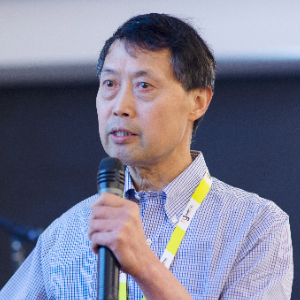
Yong Xiao Wang
Albany Medical College, United States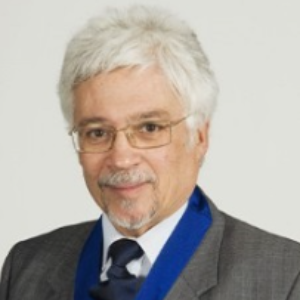
W S El Masri
Keele University, United Kingdom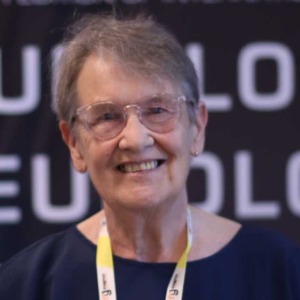
Jaqueline Tuppen
COGS Club, United Kingdom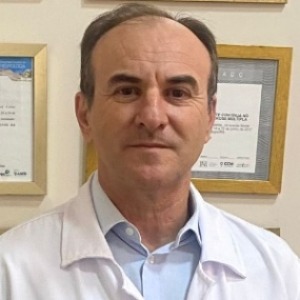
Milton Cesar Rodrigues Medeiros
Hospital Santa Casa de Arapongas, Brazil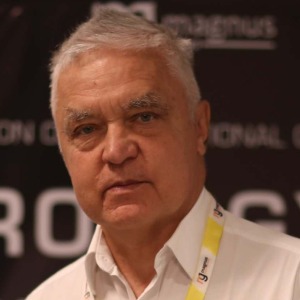




Title : Perception and individuality in patient cases identifying the ongoing evolution of Myalgic Encephalomyelitis/Chronic Fatigue Syndrome (ME/CFS)
Ken Ware, NeuroPhysics Therapy Institute, Australia
Title : Narrative medicine: A communication therapy for the communication disorder of Functional Seizures (FS) [also known as Psychogenic Non-Epileptic Seizures (PNES)]
Robert B Slocum, University of Kentucky HealthCare, United States
Title : Rabies: Challenges in taming the beast
Alan C Jackson, University of Calgary, Canada
Title : Neuro sensorium
Luiz Moutinho, University of Suffolk, United Kingdom
Title : Traumatic Spinal Cord Injuries (tSCI) - Are the radiologically based “advances” in the management of the injured spine evidence-based?
W S El Masri, Keele University, United Kingdom
Title : Personalized and Precision Medicine (PPM), as a unique healthcare model through biodesign-driven biotech and biopharma, translational applications, and neurology-related biomarketing to secure human healthcare and biosafety
Sergey Victorovich Suchkov, N.D. Zelinskii Institute for Organic Chemistry of the Russian Academy of Sciences, Russian Federation